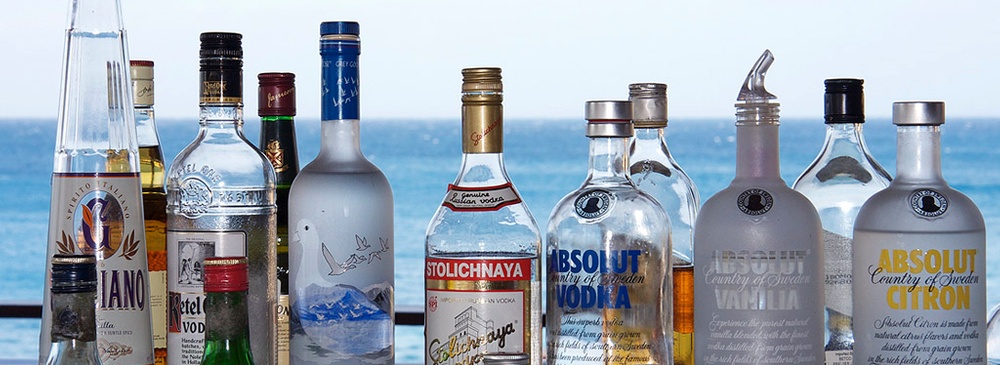04 January, 2005

A few words on how to drink, taste and evaluate our favorite drink ...
Preparation (aka "Everything"). To begin with, vodka should be frozen. Specifically, it should be stored in the freezer overnight, or at least for a few hours. This will bring the liquor to its proper consistency and flavor. It is how Russians drink vodka, and, well, they started this whole thing.
"On the rocks"? We think not. Alcohol is nature's anti-freeze. Pour vodka over rocks and the rocks melt. You wanna drink vodka or water?
Lose the ice. Ice is for amateurs ...
Drinking. Vodka has become so popular because many consider it the "perfectly neutral" base for mixed drinks. Frankly, to us Vodkaphiles, that's a bit like buying a car for the sunroof.
Sure, we like our vodka martinis and vodka tonics. But to really enjoy vodka, you need to learn to appreciate it straight up. No ice. No water. No vermouth. No tonic. Etc.
Get yourself a nice 2-3 oz., clear glass. Pop in in the freezer for an hour. Then pour in a healthy shot of your frozen vodka. Let the vodka warm up just very slightly, holding the glass in your hand. This will take just a bit of the freeze off it. If vodka is too cold, it will freeze your taste buds and you will not get an adequate tasting. If it is too warm, the flavor mix becomes too complex and the dominant flavor less discernible.
Tasting. There are three senses involved in a tasting of vodka: smell, sight and taste.
First taste by sipping, letting the vodka rest on your palate while exhaling through your nose (to get a still better sense of the vodka's aroma). Then swallow and take note of the aftertaste.
Second, after cleansing your palate (lukewarm water is the best), try downing the rest of the shot you poured (or pour another shot) "straight down," without letting it linger on your palate this time. Compare these two experiences and the aftertaste.
Third, taste the vodka with some food, especially breads, potato dishes, salty dishes and fish. This will help round out your sensations and impressions of the vodka.
Finally, no vodka can be judged in a vacuum (it's a scientific thing). To really judge a vodka, you need to taste it alongside a second one. Or a third ...
Appearance. Packaging and presentation are also important criteria. Does the bottle have a cork or a twist-off cap? How well does the cap seal the bottle? Does the packaging match up with the impression the company is trying to convey of the brand? Does it give a "premium" feel? Is it stylish and attractive? Is it glass (don't even get us started on plastic bottles!)? Don't think this is all that important? Think again. The average consumer going into a liquor store or staring across a bar at a vodka bottle can only judge a vodka by its bottle! Packaging can contribute to or subtract from the overall experience mightily.